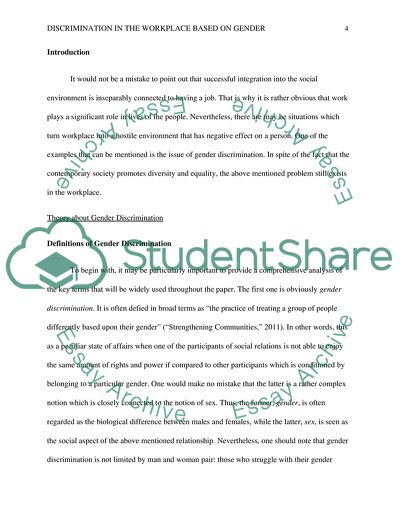Cite this document
(Discrimination in the Workplace Based on Gender Coursework Example | Topics and Well Written Essays - 3000 words, n.d.)
Discrimination in the Workplace Based on Gender Coursework Example | Topics and Well Written Essays - 3000 words. https://studentshare.org/social-science/1858677-discrimination-in-the-workplace-based-on-gender
Discrimination in the Workplace Based on Gender Coursework Example | Topics and Well Written Essays - 3000 words. https://studentshare.org/social-science/1858677-discrimination-in-the-workplace-based-on-gender
(Discrimination in the Workplace Based on Gender Coursework Example | Topics and Well Written Essays - 3000 Words)
Discrimination in the Workplace Based on Gender Coursework Example | Topics and Well Written Essays - 3000 Words. https://studentshare.org/social-science/1858677-discrimination-in-the-workplace-based-on-gender.
Discrimination in the Workplace Based on Gender Coursework Example | Topics and Well Written Essays - 3000 Words. https://studentshare.org/social-science/1858677-discrimination-in-the-workplace-based-on-gender.
“Discrimination in the Workplace Based on Gender Coursework Example | Topics and Well Written Essays - 3000 Words”. https://studentshare.org/social-science/1858677-discrimination-in-the-workplace-based-on-gender.


